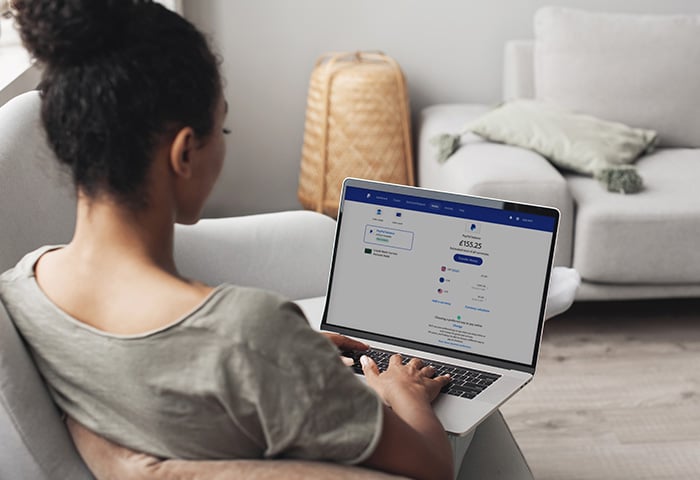We know, the list of things you need to do before you head out is long enough as it is, but this is important. No matter if you’re bringing your laptop abroad or just your trusty smartphone, there are new and different cybersecurity threats all around the world, and you need to make sure you’re ready for whatever you may encounter on the road. After all, nothing would ruin your trip faster than needing to call your bank in the middle of the night to make sure your account hasn’t been emptied by some foreign foe.
So here’s one last checklist to go over before you head out the door. Ready?
1. Do you have a VPN installed?
It’s easy to use the internet safely when you’re comfortable at home: but when you’re abroad, you’ll have no choice but to rely on public networks, or networks you don’t own or control. That means that anything you do on those networks could be spied on — and the data you transmit could be seen and stolen. Which could be a problem if you ever planned to catch an Uber or a Lyft, check your travel account, manage a booking, or anything else that involves sensitive data.
That’s why a VPN is a must-have for traveling. It encrypts your data on every network you connect to and makes it impossible for meddling third parties to see what you’re doing online. But it’s more than just a security measure: you can also use it to bypass geo-blocks and censorship, which could be helpful if you want to keep up with your favorite shows, but you discover they’re unavailable where you’re traveling. Just make sure you don’t auto-connect to any Wi-Fi networks without your VPN turned on!
But sadly, a VPN won’t fix all your travel security issues.
2. Did you turn off your Bluetooth connectivity?
Bluetooth is a useful way to connect your devices together, but it can also be used by hackers to access your device without your knowledge, even if your internet is protected by a VPN. There’s probably no reason to leave it turned on when you’re away from your home network, so just turn it off before you head out the door and only turn it on again if you absolutely need to.
3. Do you have an antivirus installed?
This should be a no-brainer — we are a security company, after all! But every device you take with you should have the latest and most powerful antivirus available to make sure no malware is able to get at your data and ruin your trip. But it’s not enough to just have a great antivirus — you also have to make sure it’s up-to-date with the most recent software.
Actually, speaking of…
4. Did you update all your software?
It’s no secret that out-of-date software makes your devices vulnerable to hackers and malware. In fact, out-of-date software is one of the most commonly abused attack vectors in modern malware, meaning that even if you’re not leaving the house, you should still make a point to update your software the moment such updates are made available.
But when you travel, you’re more likely to take necessary risks, like connecting to public Wi-Fi or visiting websites you might not be familiar with, which can leave you at-risk to falling for a phishing scam. Keeping your software up-to-date will help mitigate those risks, and might possibly save your device from the next big ransomware scare.
5. Do you have anti-theft security on your phone?
Most major cities have a pickpocketing problem, which can be catastrophic if you’re abroad and relying on your phone for life’s essentials. While some common sense will help mitigate the risk of theft enormously (keep it in your front pocket, don’t leave your bag unattended, don’t leave it laying in the open) there are ways to make sure crooks never catch you unaware: apps like Pocket Sense will cause your phone to make lots of loud noise if it’s ever removed from your pocket, a noise that will only be silenced when you unlock your phone. Meaning that as long as your password or PIN isn’t easy to guess, you’ll always know if some cunning criminal decided to try and pull a fast one on you.
Bonus tip: Keep an eye out for real-life scams!
Scammers love tourists: when you’re wide-eyed and exploring a new place for the first time, it can make you especially vulnerable to cunning criminals who want to exploit your kindness, your trust, or your split attention.
Fortunately, these creeps are always hunting for easy marks: so a little prep and awareness will typically be all you need to avoid most kinds of trouble. Different scams are more popular depending on where you travel, but it’s easy to find which ones to be on the lookout for when you’re out and about.
There, that wasn’t so bad, was it? Now you’re really ready to go out and see the world — or just the other end of town since you’ll be safe no matter where you go.
Bon Voyage!















